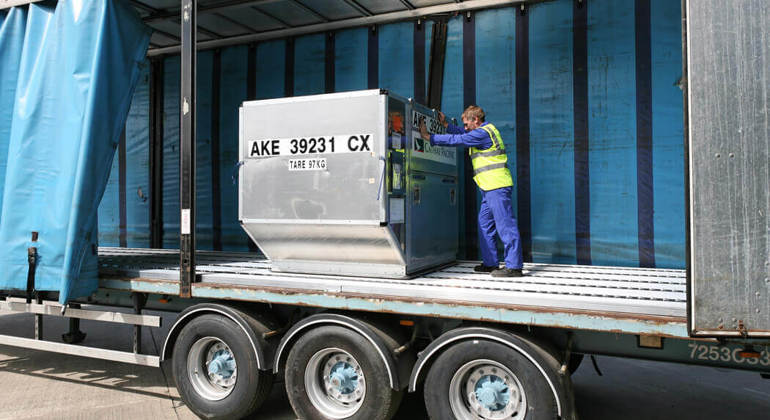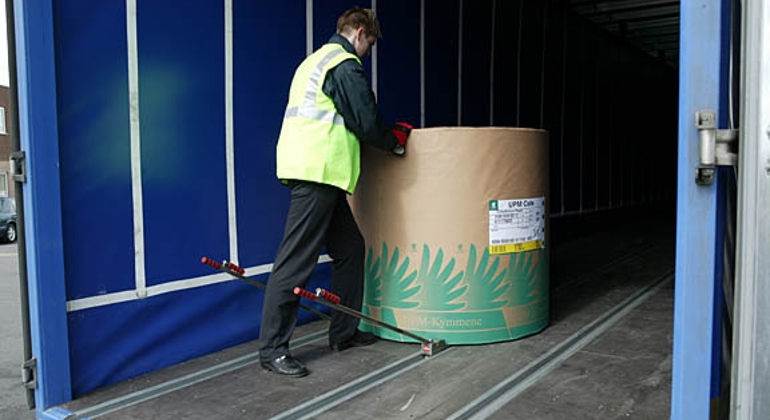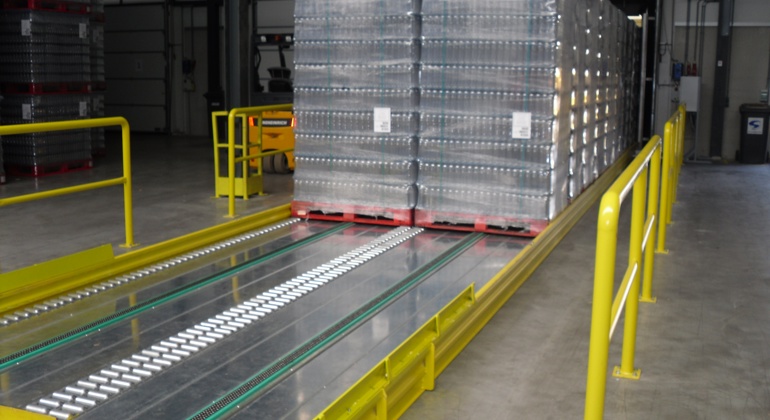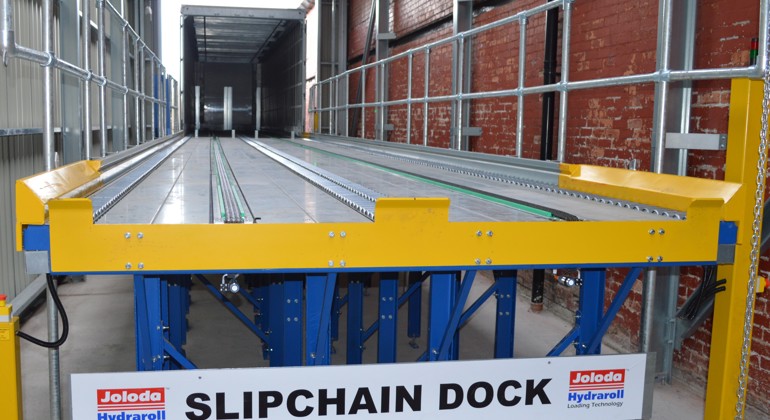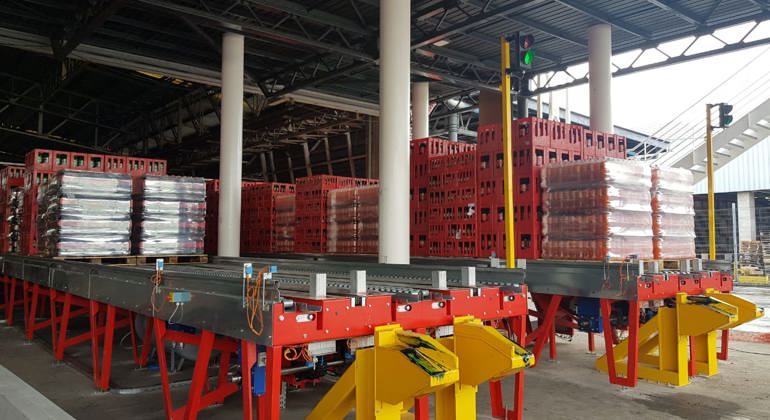the truck driver's lifestyle
The trucker lifestyle isn’t ideal; in fact, life on the road it’s quite hard. Often, new drivers to the industry will have to embark upon routes that keep them on the road adhering to speed limits for long periods of time. They might only return home a few times a month. Adapting to living in a truck, and showering at rest areas, is a harsh way to live and work.
The trucker lifestyle also isn’t especially healthy. The long hours on the road and stopping to eat fast food and snacks at petrol stations will have a detrimental impact on their health. All the sitting behind the wheel, combined with these high sugar, high fat snacks, piles the pounds onto a driver and could lead to them developing health problems such as diabetes, high blood pressure and digestive issues.
Sleep deprivation is another unwelcome aspect of life as a truck driver. These members of the workforce are under a lot of pressure to deliver the cargo to their destinations on time. To keep on schedule and ensure the cargo doesn’t arrive late, some will skip sleep breaks. This takes its toll on them physically and mentally. The fogginess, poor judgment and forgetfulness the sleep deprivation brings on will place the driver more at risk of accidents.
COVID-19
As you’ll likely have guessed, COVID-19 has thrown a severe spanner into the workings of the industry. The pandemic has caused some truckers to leave the profession behind in favour of some of the new opportunities the job market now presents.
Meanwhile, those who have stuck with the trade have to contend with a variety of problems also caused by COVID-19. Since the trucker lifestyle entails stopping at various service stations, eateries and maybe hotels while they’re on the road, drivers face more potential exposure to COVID-19.
Then there’s the issue of solving problems with the vehicle, which restricts the number of trips they make, hampering their ability to pay for their vehicle and, even worse, to earn a living wage. This existed before COVID-19, but the pandemic has limited the number of trips they can make even more. Then, when they reach the warehouses, they may have to spend much longer than before waiting around them because closures during the pandemic and supply chain bottlenecks have made this all the more unpredictable.
Training to become a professional truck driver hasn’t been easy in the age of Coronavirus. The delays and disruptions caused by the pandemic have made it harder for anyone looking to qualify as a professional truck driver to undergo the necessary training or testing. The lockdowns during the pandemic have stalled the process and made it more difficult for people to obtain the special driving licence required.
age and recruitment issues
Recruitment, age and generational gaps are all major contributors to the problem. Getting people into the industry is a challenge, especially young people. In the US, for instance, the age between when people leave school, is around 18 years old, and the age at which they can drive a truck across state lines is 21 years old (we’ll discuss this a little more below). This creates a gap in between that they fill by finding a job, and they’re then unlikely to leave this career path to become truck drivers. As the baby boomers reach retirement, there are fewer people to step into their shoes so that the logistics industry can keep up with demand.
the struggle to bring women into the trucker workforce
Safety concerns and inadequate accommodation on routes and rest stops has been a factor that is making it harder to attract women to the profession. According to the IRU study, only 2% of truck drivers globally are women. All of the countries in which the organisation conducted its survey had seen the number of women in the profession fall. The IRU has been calling for safer, more secure parking areas for trucks so that long-haul conditions are safer and will encourage more people, especially women, to get behind the wheel.
pay and costs
Training is expensive. Drivers, depending on the situation and conditions of their employment, must also foot the bill for fuel, insurance and maintenance, costs which eat into their take-home pay. The problem is truckers’ pay has been shrinking, and in cases in which pay is higher, companies are finding that a lot of truckers are happy to spend more time with their families instead of spending more time out on the road, even though it means less money in their pocket.
wrong career choice
Of course, some people train to become truck drivers, but then realise trucking simply isn’t for them. They may have to work lots of hours but go uncompensated for it. The lifestyle may be too gruelling. They may not feel the pay is enough for what they’re doing. All of these are reasons enough for many to resign and make a career move to another profession.





